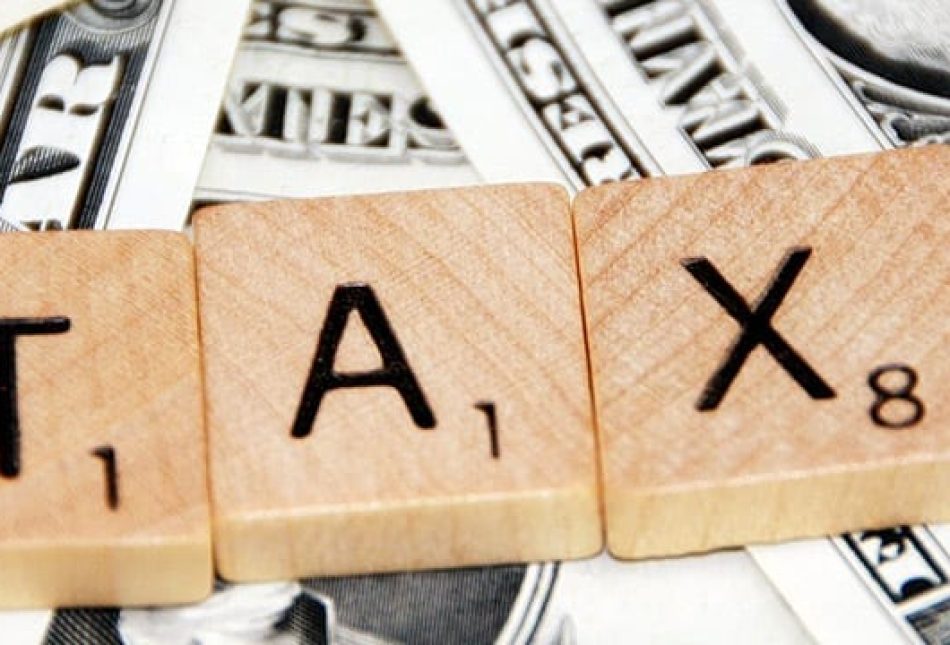Richardson Tax Cuts Effective in Spurring Growth, Illustrate Power of Federalism

There is a lot of discussion these days about the effectiveness of tax cuts and whether to keep them or instead to increase taxes. The most prominent tax cut conversation has taken place in Washington over President Bush’s tax cuts and whether to extend them for all taxpayers, rescind those for high-earners (earning above $250,000 annually), or rescind them for all taxpayers.
New Mexico has its own tax cut discussion as well. The topic here is Gov. Bill Richardson’s tax cuts which took New Mexico’s top income tax rate from 8.2 to 4.9 percent and slashed the capital gains rate in half. While gubernatorial candidate Susana Martinez has pledged not to raise taxes during her four-year term, Diane Denish was somewhat less committal saying she would not raise taxes for “the foreseeable future.”
Regardless of campaign pledges (remember George H.W. Bush’s “read my lips” pledge), no matter who wins the race for governor, they’ll face tremendous pressure to raise taxes, especially because federal “stimulus” money is drying up and New Mexico will face another budget deficit of approximately $400 million during the upcoming legislative session.
But what of these tax cuts and their economic impact? The field of economics does not have the benefit of controlled experiments at its disposal, thus there is no way to make a key policy change, maintain a control group, and compare results at the end in order to “prove” a theory, at least at the federal level.
It is equally difficult to run a completely controlled experiment at the state level, but we do have the benefit of 50 states, all enacting different policies over a given time period. The Rio Grande Foundation recently analyzed the impact of the Richardson tax cuts relative to states that did not cut (or raised taxes) and we found strong evidence showing that the cuts had significant, positive economic effects for the state.
Confirming this is that for many years prior to the 2003 cuts, New Mexico ranked a dismal 47th in personal income among the 50 states. Sometimes we crept up to 46th and sometimes we sank down to 48th, but we were always in the bottom five. That situation changed dramatically with the onset of the tax cuts. Virtually every year since, personal income growth in New Mexico pushed the Land of Enchantment up and past another state. Today we rank 42nd. That’s still not great, but it shows that something changed for the better starting in 2003.
New Mexico’s tax cuts worked! But how about those Bush tax cuts? For several reasons, that issue is more difficult to analyze.
While it is easy to compare New Mexico to the other 49 states in the union — or our neighbors like Colorado and Arizona — national economies and policies are sufficiently different to make short-term comparisons rather difficult. It is also quite difficult to make direct comparisons between the economy during the Clinton years and the Bush years. The 9/11 terrorist attacks are just one example of an economic/political shock that makes international and time comparisons difficult.
Also, while Clinton raised some taxes and Bush cut them, theoretically bolstering Bush’s economic performance, the relative fiscal restraint under the Clinton administration (spending grew by an average of 1.5 percent annually) relative to the profligate Bush years (when spending grew by an average of 4.9 percent) likely spurred economic growth under Clinton.
All of this is yet another argument for the founders’ view of federalism. That is that the federal government should have a few, well-defined powers (as laid out in the Constitution) while the states should drive a vast majority of policies. Once we have “50 laboratories of democracy,” raising and lowering taxes, reducing and increasing spending and regulations, and making all manner of laws, policymakers and the general public will be able to get a much better grasp on the net effects of various policy changes.
Personally, I think the evidence is that Richardson’s tax cuts were highly effective in spurring economic growth and bringing New Mexico up from among the most impoverished states. Bush’s tax cuts also had a net positive impact, but lost a lot of their punch due to out-of-control spending and the fact that they were known not to be permanent at the outset.
A lower tax burden is better for economic growth than a high one, but state-level comparisons illustrate this point better and explain why states, not the federal government should drive most policies.
Paul Gessing is the president of New Mexico’s Rio Grande Foundation. The Rio Grande Foundation is an independent, non-partisan, tax-exempt research and educational organization dedicated to promoting prosperity for New Mexico based on principles of limited government, economic freedom and individual responsibility.

